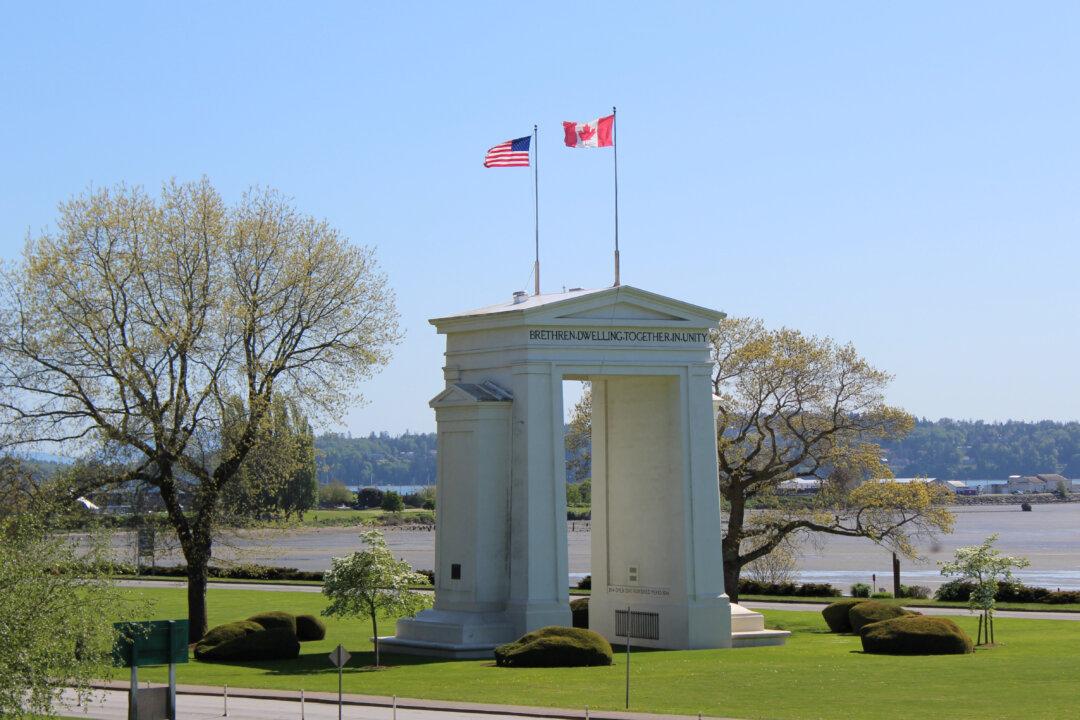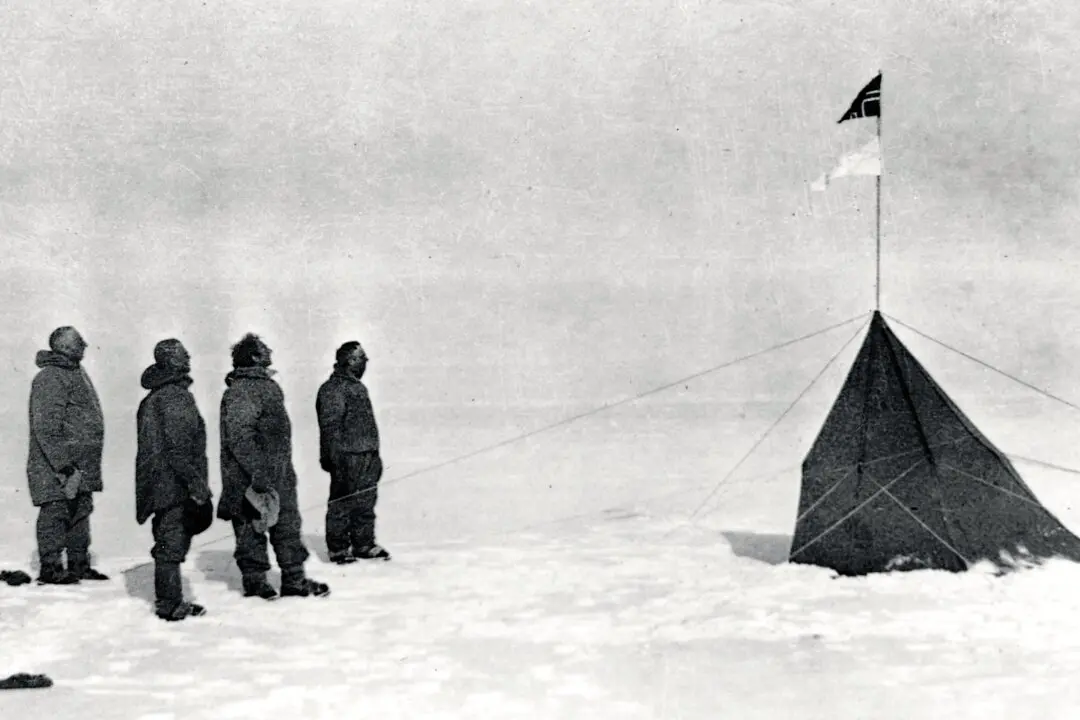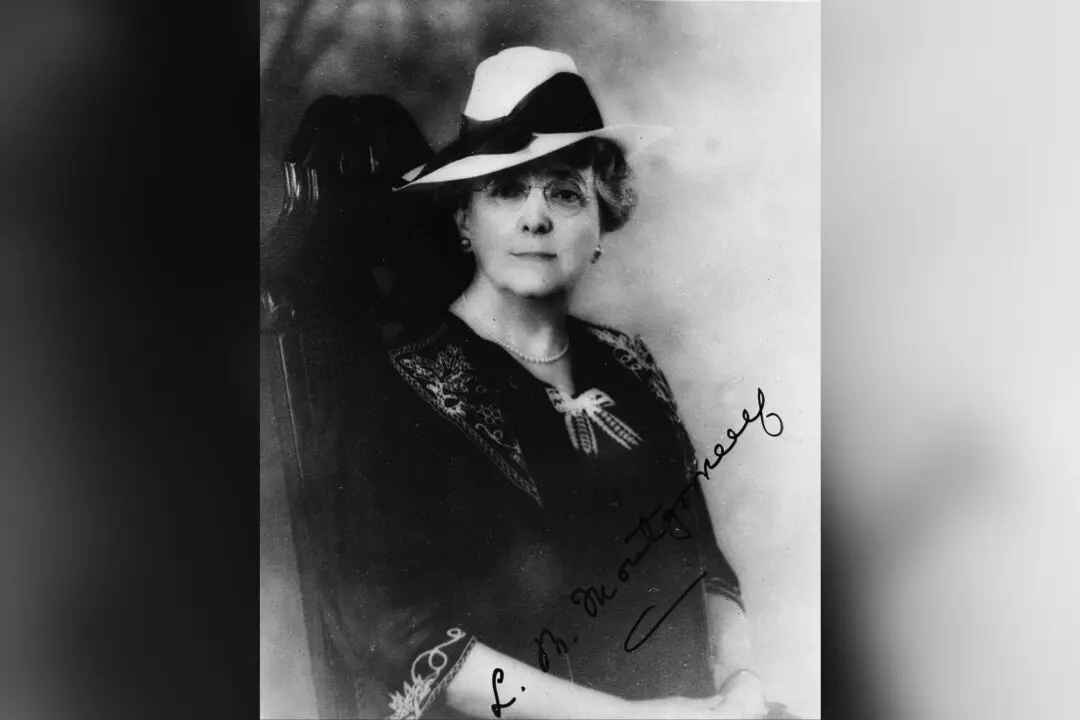Commentary
The cooperation and friendliness that nowadays marks the “Special Relationship” between the United States and Great Britain was a long time in the making. It must be remembered that the USA had to fight a bloody war from 1775 to 1783 to secure the independence of the original 13 rebel British colonies, and that from 1812 to 1814 the two nations were at war again. In both cases, American armies invaded what is now Canada, hoping to carve yet more territory from the United Kingdom’s North American holdings.





